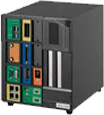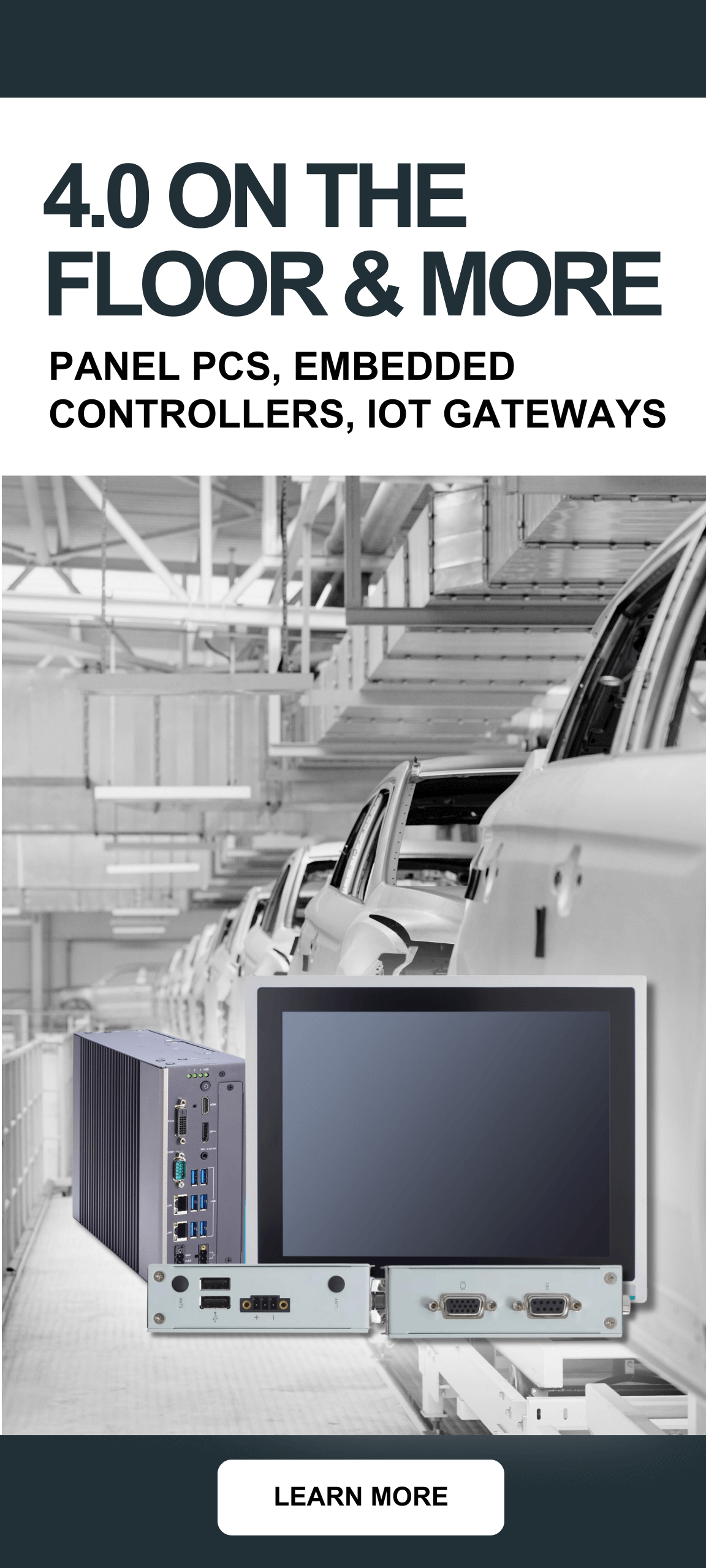
Embedded Systems vs Consumer Systems: What’s the real difference?
Blog
 If you’ve worked in the industrial computing industry for any length of time, there is one question that is bound to have come up at one point. “What is an embedded system?” And more importantly, “what is the difference between an embedded system and an ordinary consumer system?”
If you’ve worked in the industrial computing industry for any length of time, there is one question that is bound to have come up at one point. “What is an embedded system?” And more importantly, “what is the difference between an embedded system and an ordinary consumer system?”
It’s likely that you’ve even been in a situation where you have had the option to go with a consumer system and an embedded system, both of which had the same I/O, and were left scratching your head as to why the embedded system had the larger price tag. Despite the similarities, there are a few big differences beneath the appearances. And depending on your needs, you may or may not require an embedded system.
What is an embedded system: The number one difference
The word “embedded” in “embedded system” means that it is essentially a system that performs some function which is part of (embedded in) a larger more complex system or machine. There is however, another major aspect to an embedded system that isn’t quite as obvious and that you aren’t likely to find in any dictionary definition because it has more to do with the way they are designed and the parts that go in them.
This major aspect is that embedded systems are made to have a minimum of a 3-5 year lifecycle and often come with a 5-7 year lifecycle. This means that when you design this product into your application, it is going to be available for you to buy and get service on for 3-7 years, depending on the manufacturer. This is normally followed by an opportunity for a last-time-buy which allows you to stock up on the product to meet current demands and allow you time to ease into the new design cycle and find a replacement product. On the other hand, consumer systems have an average lifecycle of 6 months to a year.
Why Embedded Systems Have Long Lifecycles?
Embedded systems have to be around for a long time because the technology that you use today may not be compatible with the technology that is available 6 months to a year from now. There could be different I/O, different expansions, or even slight BIOS or component changes that are incompatible with your current technology. This means that your product will have to undergo another design and testing cycle every time a product goes obsolete. Even if you could cope with constant design cycles, you would also need to cope with the fact that every 6 months you would be adding another type of system to the list of systems that you may have to worry about replacing or repairing in the future. Repairing and replacing these systems can be troublesome when they’re obsolete.
Embedded systems, with their long lifecycles, handle this problem. They do come with a few other benefits, such as 1 on 1 design help behind the scenes and wide temperature reliability, to name a few. But, when it comes down to it, the main difference is in the lifecycle.
 Brian Luckman is the President of New Era Electronics. He has worked in the industrial OEM market for over 25 years, serving a variety of different industries, gaining a strong reputation for his expertise and a thorough understanding of how to properly service OEM customers. In 2000 he began New Era Electronics and the company continues to grow. He’s a husband and father and enjoys exploring the outdoors.
Brian Luckman is the President of New Era Electronics. He has worked in the industrial OEM market for over 25 years, serving a variety of different industries, gaining a strong reputation for his expertise and a thorough understanding of how to properly service OEM customers. In 2000 he began New Era Electronics and the company continues to grow. He’s a husband and father and enjoys exploring the outdoors.
Creative Commons Attribution: Permission is granted to repost this article in its entirety with credit to New Era Electronics and a clickable link back to this page.




